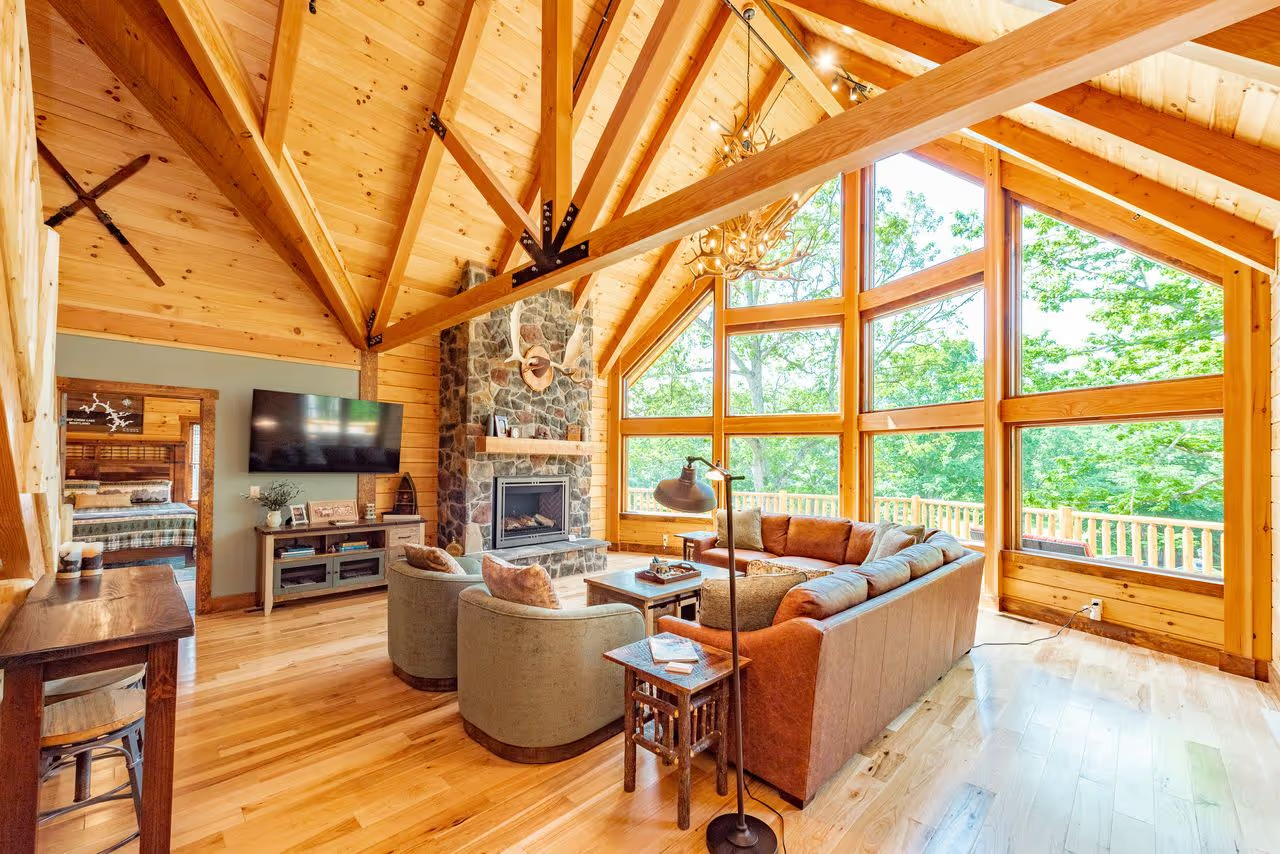#1 Do It Yourself (Owner-Build)
Mostly, you do just that—you build it. You might sub-contract items you don’t want or can’t do (excavation, HVAC, etc.), but you’re acting as both general contractor and builder in many respects, often stacking your own logs.
A reality check: a person has to do most of the work themselves. It’s surprising how little productive time remains once you’ve “rounded up” tools and materials. Don’t depend too heavily on family and friends; they have a way of disappearing right when you need them most.
DIY (or Owner Build) works best if you are very handy and willing to put lots of weekends into the unfinished build—finishing interiors and landscaping after the roof system is on, for example.
Be aware:
- Decks and materials may sit exposed longer than expected, which can lead to issues.
- Interest on your construction loan adds up quickly, and you could pay more than if you had hired a builder.
There are two valid reasons to consider DIY:
- To save money, and
- For the satisfaction of doing it yourself.
If someone in your family is a builder by trade—or if your home is very modest and you can afford the time—by all means, do it.







